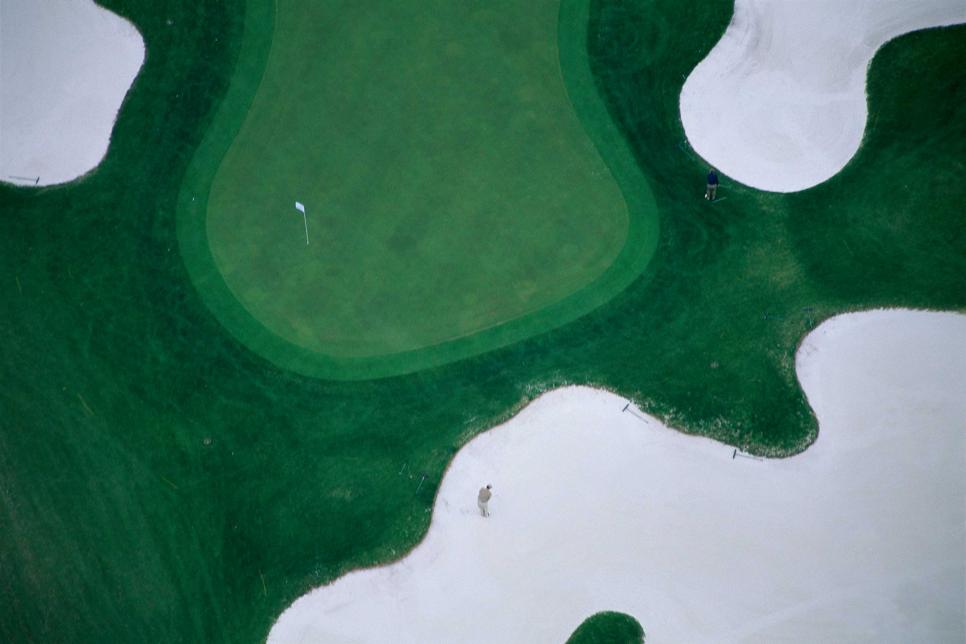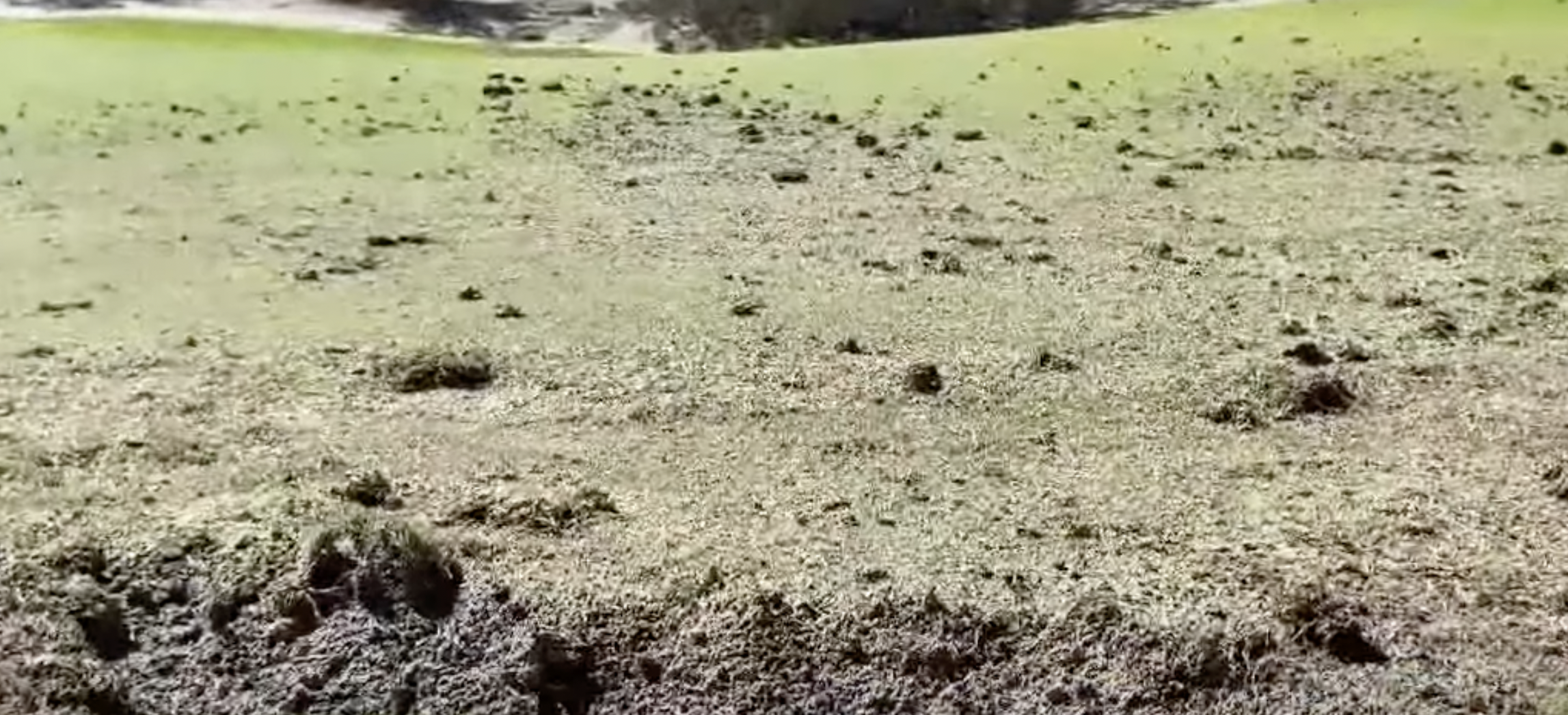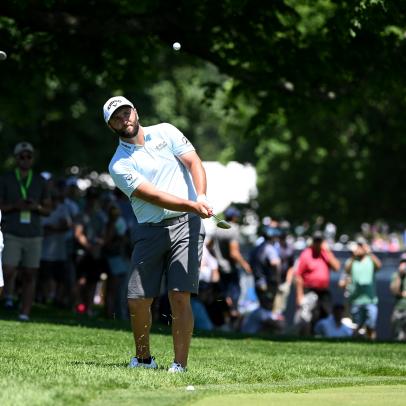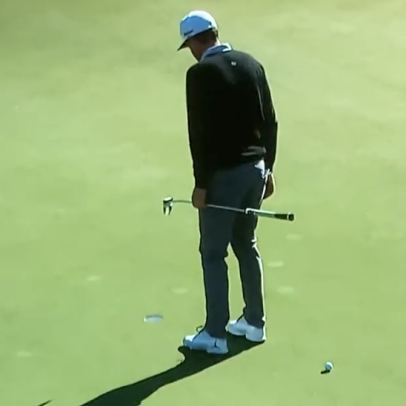Sadder but Wiser? Maybe Not.
A landmark 1979 study found that depressed people had a more realistic view of their influence over events. New research calls that into question.

Forty-three years ago, two young psychologists, Lauren B. Alloy and Lyn Y. Abramson, reported the results of a simple experiment that led to a seminal idea in psychology.
Their aim was to test the “helplessness theory,” that depressed people tend to underestimate their ability to influence the world around them.
Dr. Alloy and Dr. Abramson categorized college student volunteers as depressed and nondepressed, based on self-reported symptoms, and provided each person with a button and a light that flashed occasionally. They then asked the volunteers to assess how much control they had over the light when they pressed the button.
What they discovered was surprising. The depressed people, it turned out, had a more accurate reading of their ability to affect outcomes. Thus was born the hypothesis of “depressive realism” — the idea that at times depressed people have a more realistic view of their conditions, because they are free of the optimistic bias of their cheerful peers.
This idea, summarized in the original paper as “sadder but wiser,” has been taught to decades of Intro Psych students and cited more than two thousand times by other scholars. It also percolated through our culture, introducing the idea that depression, for all its pain, may also provide its sufferers with some gifts.
A study published this month in the journal Collabra: Psychology by Amelia S. Dev and others calls that conclusion into question.
Recreating the original experiment, in which subjects must assess whether their button-pushing affected the light, the new research team found no association between depressive symptoms and outcome bias. In one sample, the patients with more depressive symptoms overestimated their control; in the second, depressive symptoms did not predict any particular bias.
“Across two samples, we find no evidence that depressive symptoms is tied to greater realism,” the study said.
Don A. Moore, one of the authors of the new study, said that the team had coalesced around the question of whether “positive illusions” can enhance performance, and that this had led them to back to the 1979 study.
“Its impact has been huge, and it’s been pervasive in so many aspects of research and pop culture that it can be hard to wind it back up,” Dr. Moore, a psychological researcher and a professor at the University of California, Berkeley’s Haas School of Business, said of the original study.
Under the influence of this theory, many psychologists taught that “a little bit of self-delusion is helpful for getting through life,” he said. “You have to believe in yourself a little more than reality warrants.”
“What we knew,” he said, “made us wonder whether that effect would hold up.”
Already, a 2012 meta-analysis of 75 studies on depressive realism had found that the overall effect of depressive realism was small, and that results were influenced by the study’s methodology. But it remained such a well-established notion that “we faced skeptical reviewers along the way,” Dr. Moore said.
“If you’re trying to disprove a false positive that has made its way into the literature, that is an uphill climb,” he said.
Dr. Alloy, one of the two psychologists who designed the original experiment, said in an interview that she did not believe the new work constituted a major challenge to depressive realism, because the research team failed to directly replicate the original 1979 experiment.
“When they say they did a direct replication of our study, they did not,” Dr. Alloy, a professor of psychology at Temple University, said. “It’s not a major challenge. The original findings still hold.”
She said differences in the design of the two experiments may account for the variance in results. The new team did not find an “illusion of control” among the nondepressed subjects, as the 1979 team did, which she said was unusual and made it difficult to interpret any results.
The new team repeatedly asked subjects to assess the probability of the bulb lighting if they pushed the button throughout the experiment, rather than waiting until the end, as the original researchers did. Also, she said, the new researchers prescreened subjects for symptoms of depression, rather than screening them on the day of the experiment, so their mood may have shifted in that time.
She also said the research team recreated only the second of the four experiments in the 1979 paper, which had the least robust findings.
Finally, she took issue with the researchers’ characterization of depressive realism, which she said occurred only under certain conditions.
“It simply isn’t true that depressed people are more accurate in their perception of the world,” she said. “That is too broad and general a statement.” Subsequent studies identified conditions under which depressive realism was present, which led to “more nuanced, sophisticated conclusions,” she said. “What’s out there in the public might not have kept up with that.”
Over the four decades since Dr. Alloy and Dr. Abramson published their paper, the “sadder but wiser” idea has not guided emerging treatments. Clinicians have gravitated to cognitive behavioral therapy, which helps depressed patients identify distortions in their thoughts.
“We would do a disservice to the client by accepting that what they say is a reality, rather than through a gentle Socratic process, to ask them to explore and examine their pattern of thinking,” said Allen Miller, a clinical psychologist at the Beck Institute, who was not involved in the study.
Dr. Miller described the new paper as “a reasonable attempt to replicate it, which of course they were not able to do.”
Brian A. Nosek, a psychology professor at the University of Virginia who coordinated the 2015 Reproducibility Project, described the Dev study as “a solid piece of work, well designed and well reported.”
“Inevitably, it does confront us to revise our confidence in prior findings,” he said. “But no replication is definitive.”
A decade ago, when young scientists began efforts to replicate published findings, they were often “seen as an attack” on established researchers, Dr. Nosek said. Since then, though, they have “become much more normalized” as part of an ongoing scientific dialogue. Still, he said, “we all have our egos, and our findings are like possessions.”
And challenging blockbuster work like the 1979 study, which “provoke such engagement with the mysteries of human behavior and the mind,” has a ripple effect, he added.
“This is a classic finding that I really want to be true, and many people do — it gives the Eeyores in all of us a little hope,” he said. “That obviously has implications. Are we pulling down the icons of the field? What is left when we pull those down?”
Ellen Barry covers mental health. She has served as The Times’s Boston bureau chief, London-based chief international correspondent and bureau chief in Moscow and New Delhi. She was part of a team that won the 2011 Pulitzer Prize for International Reporting. @EllenBarryNYT










